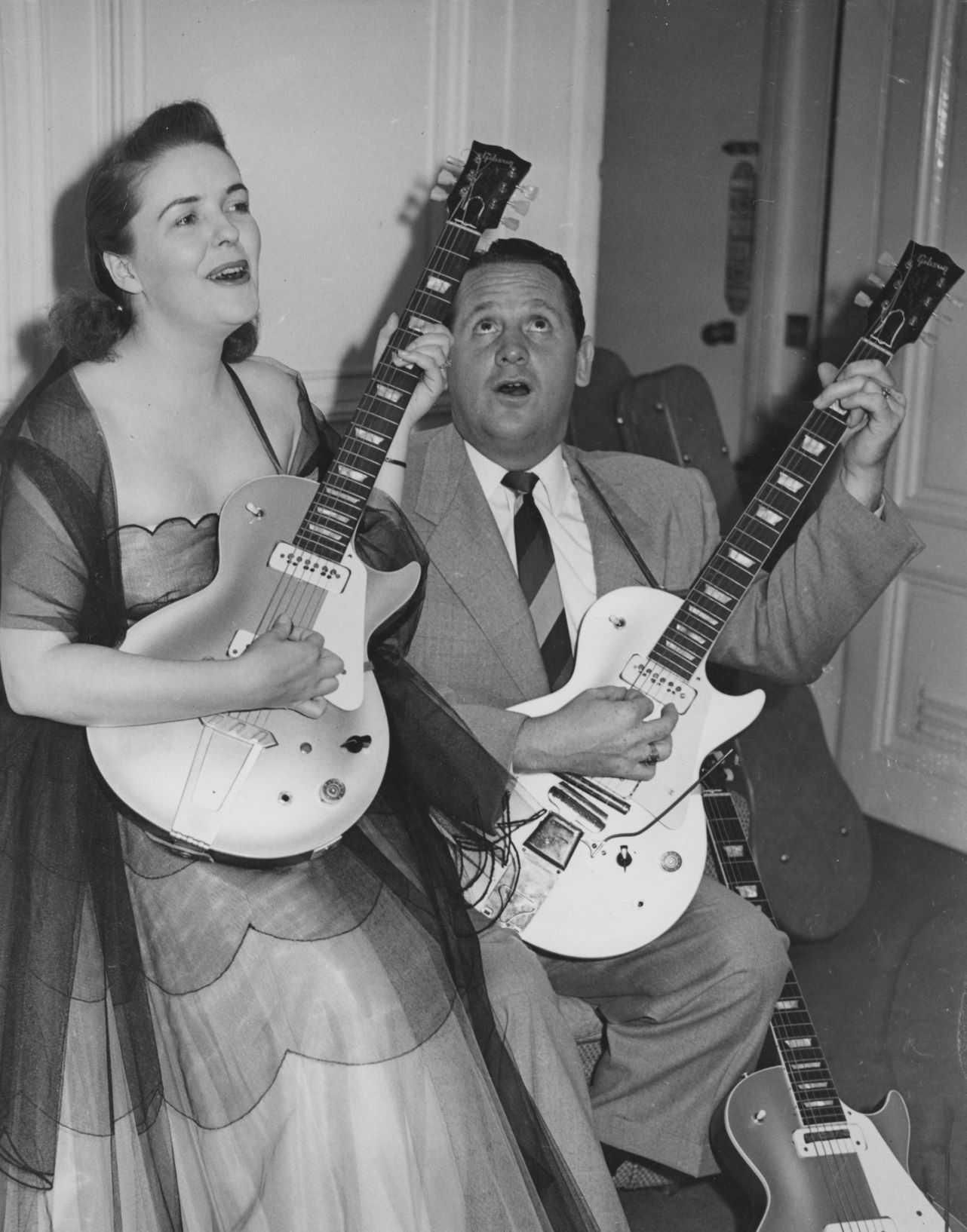See the Crazy Mods Inside Les Paul’s “Number One” Goldtop
Take a tour of this historic guitar with Les Paul’s son, Gene Paul, and long-time guitar tech, Tom Doyle.

A new video has appeared displaying the first artist-approved production model Gibson Les Paul in detail. The news comes after last week’s announcement that the historic instrument – given to Les Paul by Gibson in 1952 – will be put up for auction at Christie’s in New York on October 13.

Presented by Les Paul's son, Gene Paul, along with his guitar tech of over 45 years, Tom Doyle, the film proves just how much of a tinkerer the great man really was. Commencing with a close-up look at the guitar’s heavily customized pickups and electronics, a look under the oversized scratchplate reveals a massive cavity between the neck and bridge pickups which was hand-routed by Les Paul many years ago using a screwdriver, hammer, and chisel.
This substantial space contains a hidden coil which works as a humbucker in tandem with the guitar’s modified P-90 bridge pickup. A large rear routing on the upper treble bout houses a similar coil connected to the neck pickup. Long thought to be DeArmond Model 2000 (known as a Dynasonic in Gretsch literature) this front pickup is in fact a custom-built unit installed by Les Paul.
Further along, we are treated to a close-up look at the instrument's unique sustain-enhancing cold rolled steel bar bridge and Kaufmann Vibrola tailpiece – an early vibrato unit designed by Leo Fender’s K&F business partner, Clayton ‘Doc’ Kaufmann.

Unusually, this guitar features a master tone and master volume, as opposed to the standard Les Paul Model/Goldtop configuration of individual pickup volume and tone controls. Additionally, Les Paul installed a low impedance output (for DI recording) where the instrument’s regular side-mounted jack would normally be, along with a high impedance output (for standard guitar amps) on the top.
“He fiddled with it until he got the sound that he really wanted,” says Gene Paul (who happens to bear a strong resemblance to his late father). “This was his baby. This was what he waited for all those years.”
“Ironically, this is the only guitar that he really loved out of the Goldtops,” adds Doyle. “This was the one that he had. That’s why he called it his “Number One”… When he gave this to me, I was riding on cloud 9.”
All the latest guitar news, interviews, lessons, reviews, deals and more, direct to your inbox!
Visit Christie's website for more information.
Rod Brakes is a music journalist with an expertise in guitars. Having spent many years at the coalface as a guitar dealer and tech, Rod's more recent work as a writer covering artists, industry pros and gear includes contributions for leading publications and websites such as Guitarist, Total Guitar, Guitar World, Guitar Player and MusicRadar in addition to specialist music books, blogs and social media. He is also a lifelong musician.

